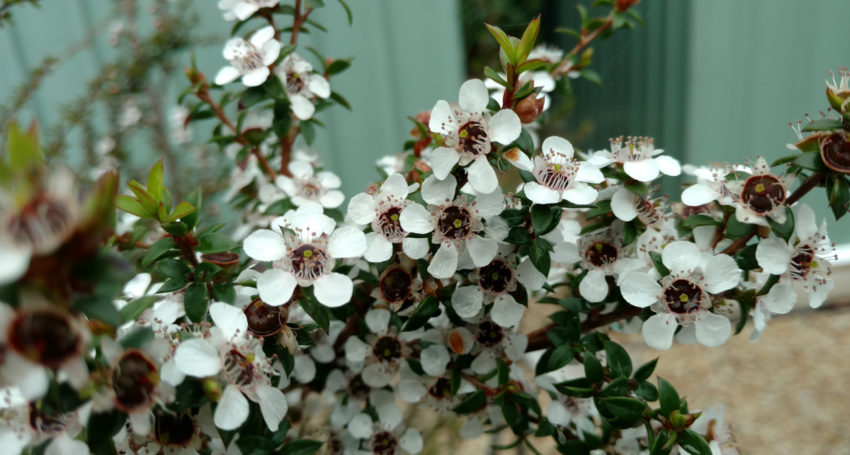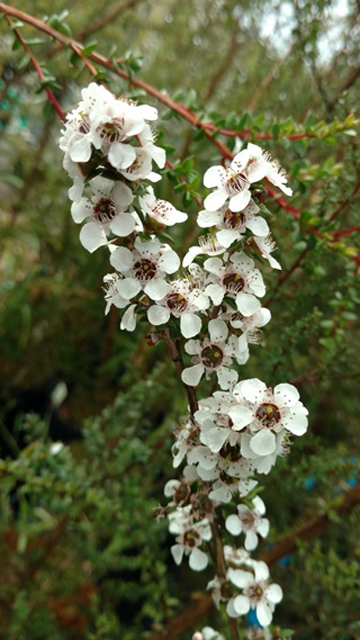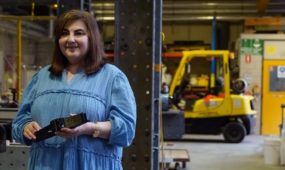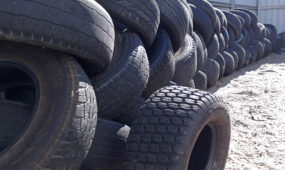Trial plantation to bring new player into bioactive honey market
Research & Development
An Australian state is investing in a manuka plantation in a bid to start a lucrative bioactive honey industry of its own.

Sign up to receive notifications about new stories in this category.
Thank you for subscribing to story notifications.

South Australia’s primary industries (PIRSA) and forestry departments have partnered with long established food company Spring Gully Foods, and last month started a plantation that could be producing manuka honey within two years.
More than 1000 Leptospermum scoparium trees, commonly known as manuka, were planted last month in a 3ha section of the Wirrabara Forest Reserve, 210km north of Adelaide. There are plans to double the size of the plantation during the three-year trial.
Manuka honey has been produced in New Zealand and some Australian states for many years but it has only been in the past five years or so that its prized properties have begun to be understood, causing demand and prices to skyrocket.
The global manuka honey market was valued at US$660 million in 2017 and is expected to reach $2.1 billion by 2025. High-grade manuka honey sells for more than US$400 per kilogram. Prices are expected to further increase as demand continues to outpace increases in supply.
Spring Gully Foods Managing Director Kevin Webb said the nectar and honey produced during the trial would be rigorously tested to determine quality and bioactive properties. He said irrigation control and tree management would also be scrutinised to help optimise plant health.
“Obviously there are economic and commercial benefits for us but we want to develop an industry that can produce a product that can also be sold into the medical and cosmetic industries,” he said.
“We feel that is a strategy that would give us longevity in the honey business to complement the honey we are already producing for general consumption.”
Dozens of leptospermum species, more commonly known as tea trees, grow throughout Australia. However, the manuka species Leptospermum scoparium is not native to South Australia. This highlights the importance of the trial to assess its suitability to the Mid North of the state where rainfall is typically less than in areas where manuka grow naturally such as Tasmania and Victoria.
“We’ve been very focused on doing research rather than just throwing plants in the ground – we’ve already done a 12-month project with the University of Adelaide and we believe that research is the way forward to enable this to be produced in South Australia,” Webb said.

Manuka flowers contain a chemical that converts into a sort after compound found in bioactive honey.
University of Adelaide researcher Dr Kate Delaporte has worked on projects with PIRSA and Spring Valley since 2015 with a view to potentially developing a manuka honey industry in South Australia.
The university has some of its own plants growing at the Wirrabara trial site and at its Waite Campus in Adelaide. It is also experimenting to see if other Leptospermum species native to South Australia can be used to produce high quality bioactive honey in the future.
“As more people begin to understand what really good manuka honey is, there will continue to be high demand,” Dr Delaporte said.
“The state’s gearing up to be part of the potentially lucrative manuka honey industry and it’s being done in a really intelligent way.
“People can go out and just plant (Leptospermum) scoparium but it could be an expensive mistake if it’s not done right, so we need to gather really good information to build a strong industry and we’re in the process of doing that.”
The chemical compound dihydroxyacetone (DHA) is present in the nectar of manuka flowers and converts into the bioactive compound methylglyoxal (MGO) in the natural honey-making process. This conversion continues until the honey has been aged for up to two years.
MGO levels in manuka honey range from almost zero to more than 1000 milligrams per kilogram of honey. Honey with an MGO greater than 263mg/kg is considered the minimum for therapeutic use. Higher grade manuka honey can be used to treat wounds and is also believed to soothe a sore throat, improve digestive symptoms and help prevent gastric ulcers. Lower grade manuka honey can be eaten as per non-bioactive honey.
Spring Gully Foods has been in the food business for 72 years mainly focusing on pickled vegetables and preserving fruits. It began producing table honey about 20 years ago but has never had a manuka product. The company was offered a $150,000 grant from the South Australian Government earlier this year to help fund the trial.
Webb said the higher grade manuka honey would likely be sold for use in medicinal and cosmetic products while the honeys with lower bioactivity levels would be packaged as table honey products.
“Our business has always had its strength in summer with picnics and outdoor entertaining – so to have a winter dominant product like honey is something that would complement our business,” he said.
“Moving into the manuka arena takes honey to a different level and what I’m excited about is producing a product that could be of aid to the medical fraternity.
“This is a trial to see how it will grow in a plantation arrangement in South Australian conditions and the plan would be – if it was viable – to roll out to larger acreages.”
The Wirrabara Forest Reserve was first planted in 1877 as one of South Australia’s first forest reserves to test the commercial viability of various timbers.
More than 2200 hectares – about 80 per cent – of commercial eucalyptus and pine plantations were destroyed during bushfires at Wirrabara and Bundaleer Forests in South Australia in 2013 and 2014, forcing the state government to reconsider their future.
South Australian Minister for Primary Industries and Regional Development Tim Whetstone said the manuka project was a great example of exploring business and land use diversification in the region.
“Manuka is a fast growing plant … after its useful life producing honey, manuka timber can be harvested as a speciality firewood,” he said.
“The potential of this project is exciting, and could be the start of a unique new industry for the region.
“With this comes the positive economic impact and the creation of jobs as the opportunities are realised for any future manuka production.”
Jump to next article



